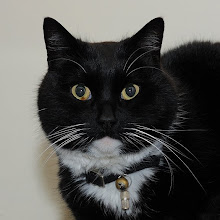The Calendar of State Papers Domestic: William and Mary, 1689-90 give some nice background information on how these two big regiments should be employed, both at sea and on land. From the text it is not entirely clear if this way of working is to be implemented during the Winter season only, or round the year as well.
A first interesting detail is the division of each regiment into three battalions of 500 men each, with each battalion having a distinct purpose.The first battalion is to be on board of ships, or be quartered as close a possible to enable speedy embarkation. The second battalion should be employed at shipyards, and the third should be put in
garrisons or quarters of refreshment within the country, where they are to attend only to military discipline, and exercise as soldiers.Another interesting detail is the annual rotation of battalions doing the various duties. Thus, in a few years time the regiment on a whole is (expected to be) experienced in duties both at sea and on land. Drafts from these two regiments should bring knowledge into the rest of the armed forces:
it being one of the chief ends of this establishment that these regiments may prove "nurseries" whence the several necessities of their Majesties' service may be abundantly supplied.A last observation is that the regiments should be trained and equipped as grenadiers. With the remarks that hand grenades have had good effect at sea, but also on land against horses.
for it is apparent that hand grenades would be of admirable effect, on many occasions at sea, and it is visible how useful they would be as to other purposes, particularly against the approaches of the horse in the country of an enemy.




